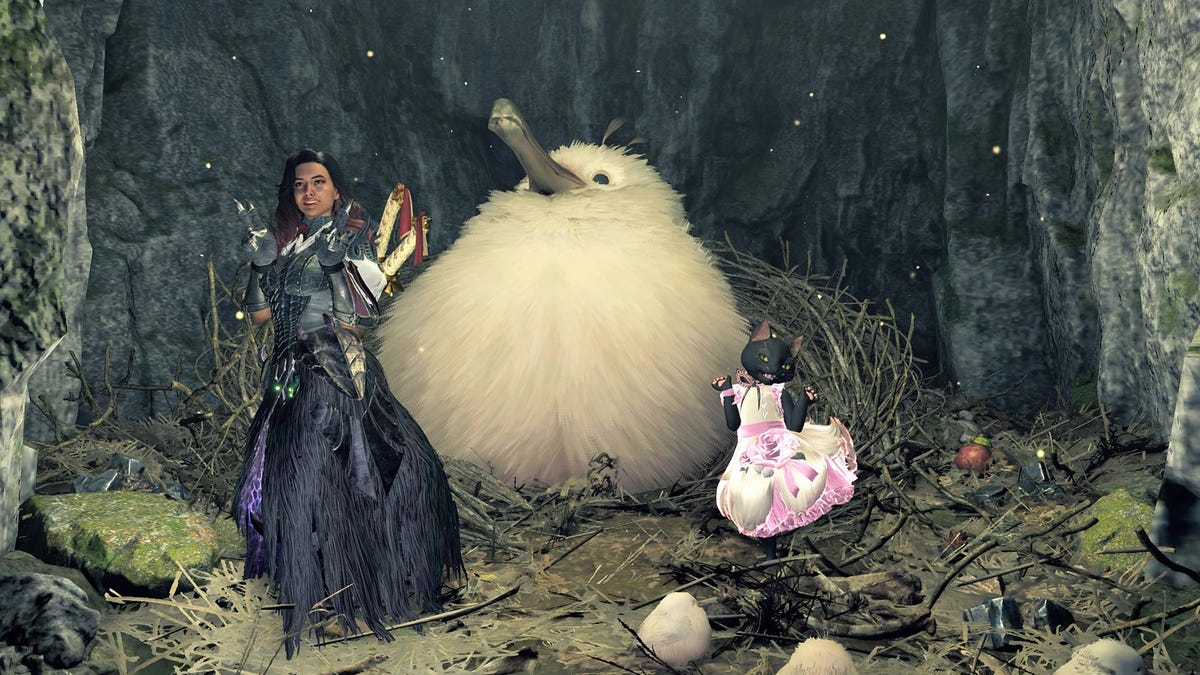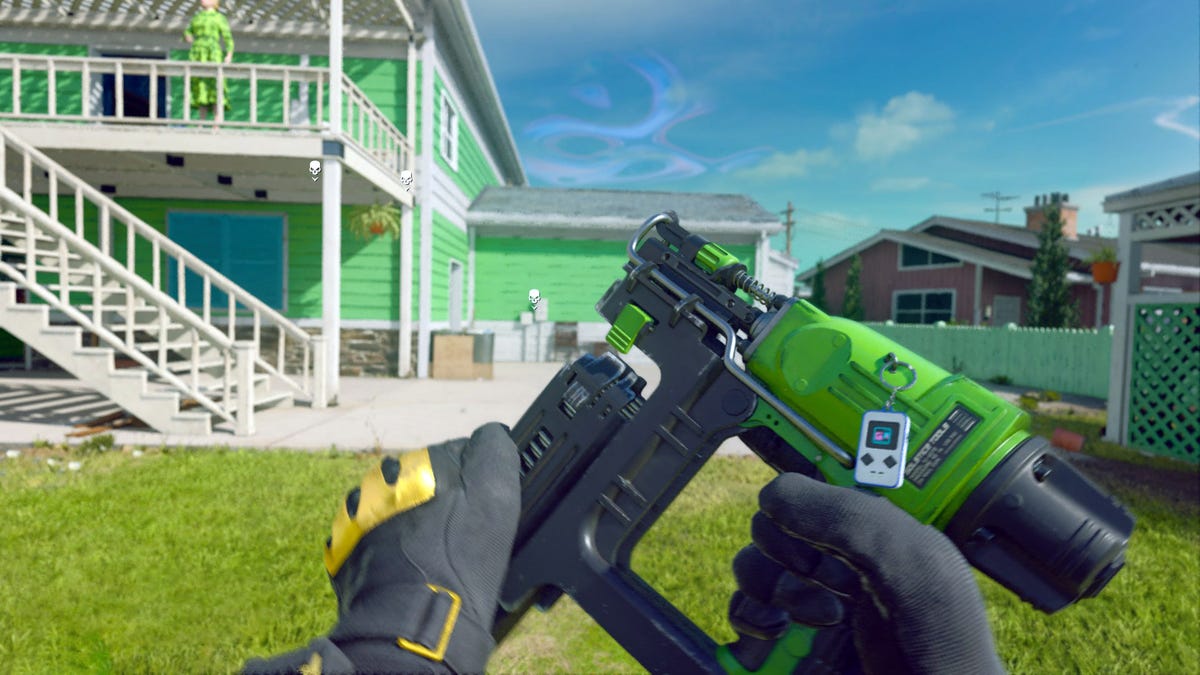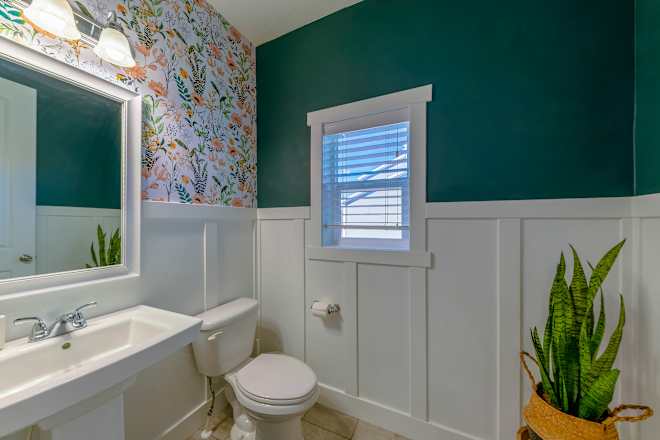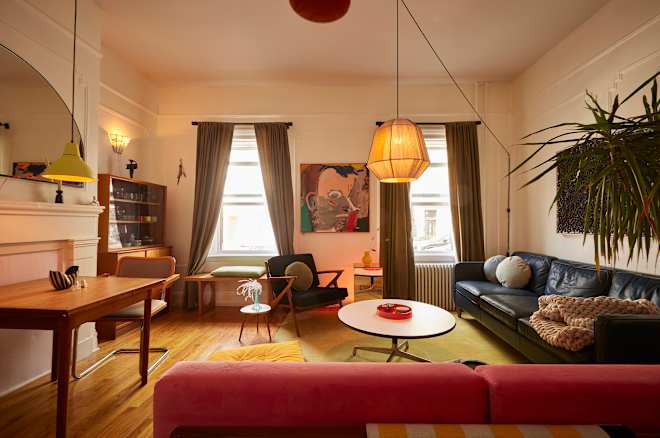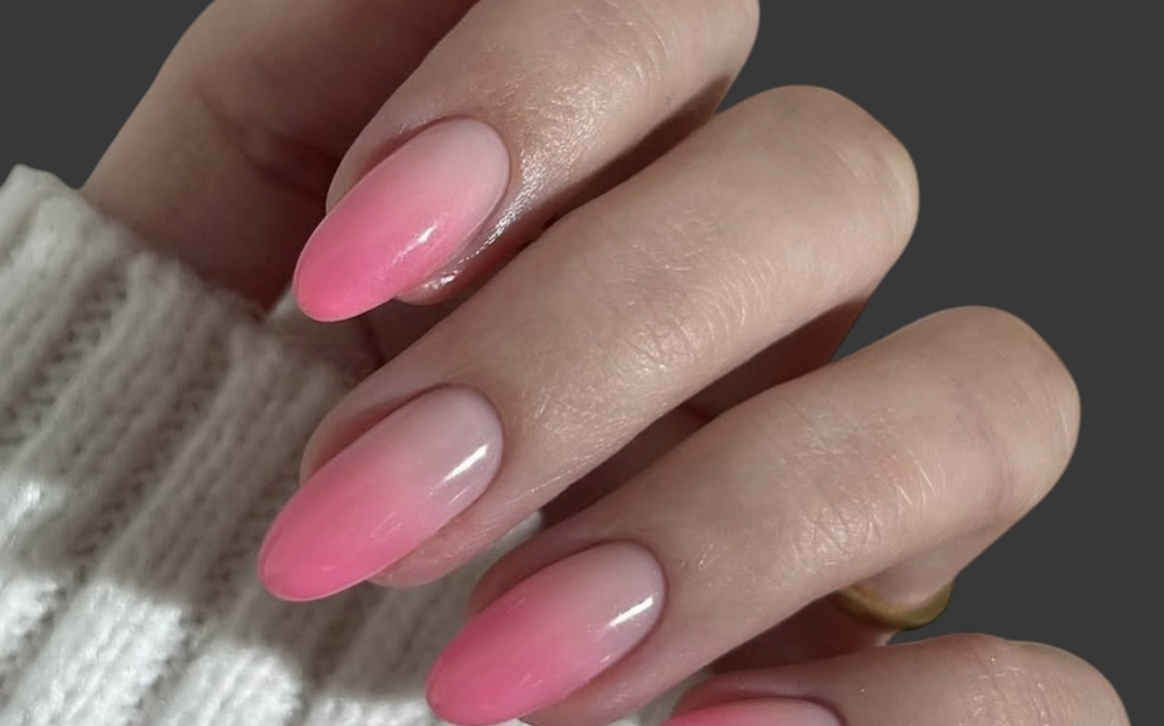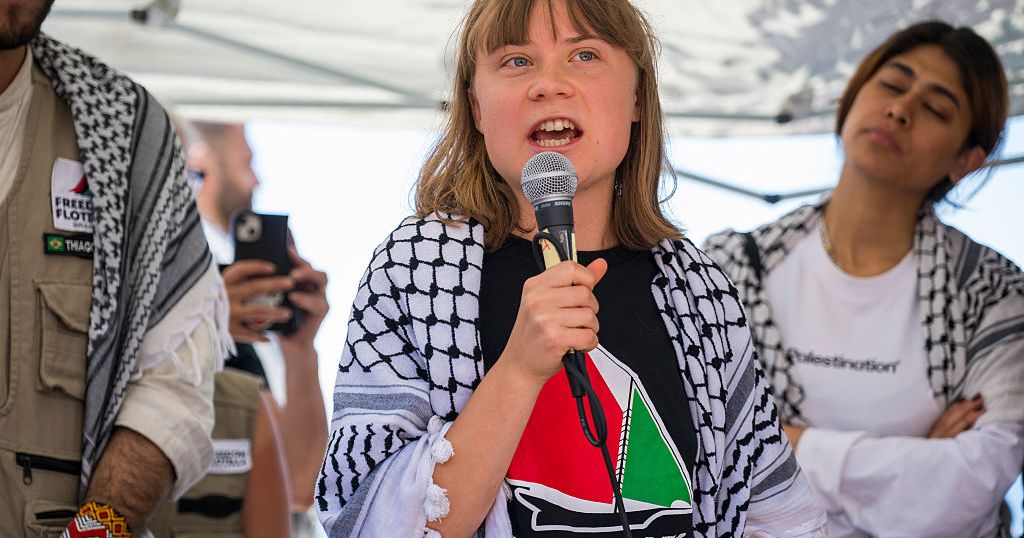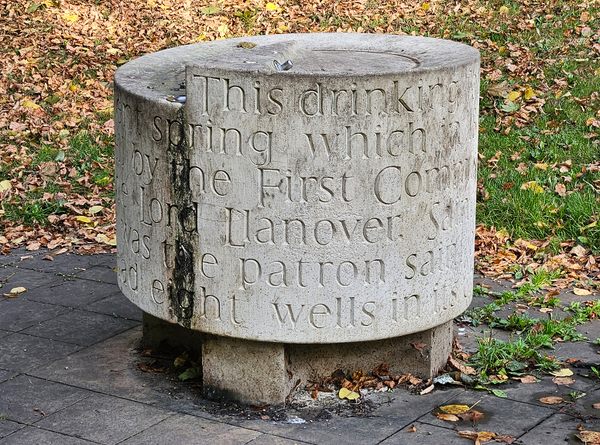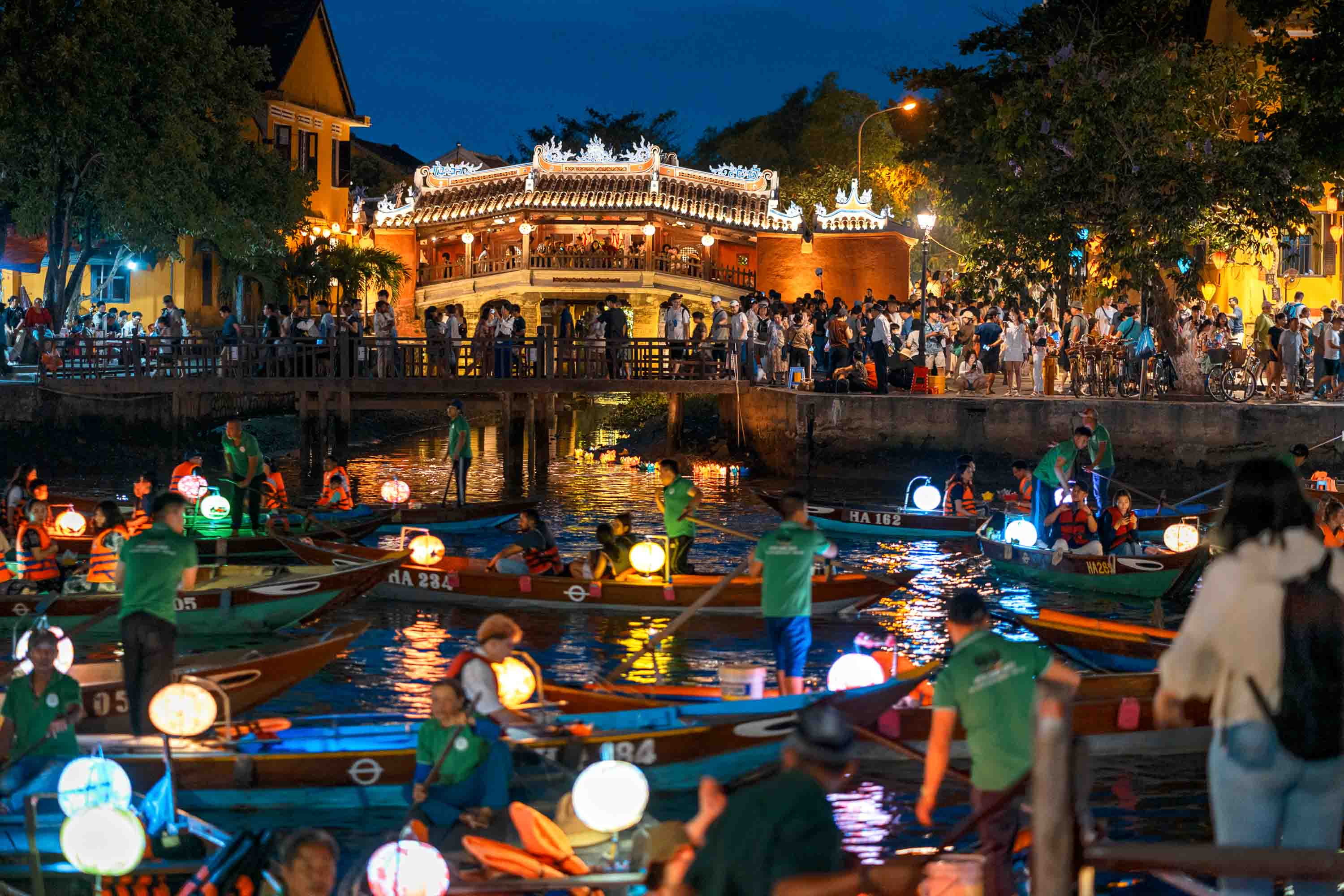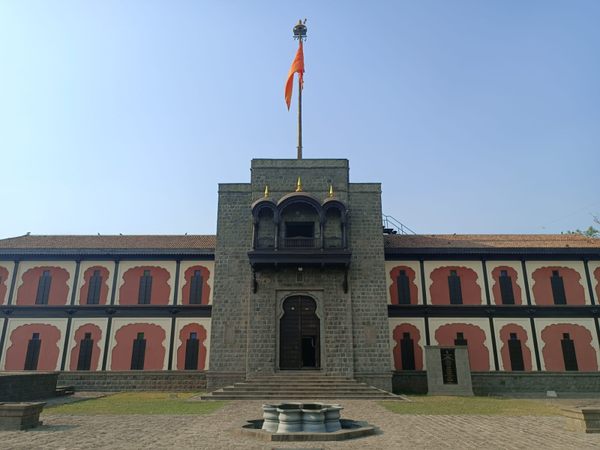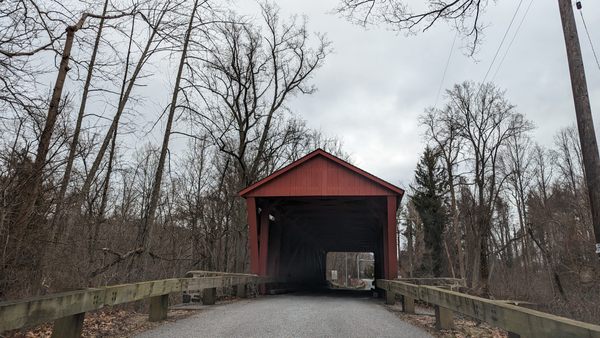Hammam Seffarine in Fez, Morocco
The rhythmic thwacks and taps of the local coppersmiths reverberate through the chambers of Hammam Seffarine, a beautifully restored bathhouse in the medina of Fez. Located on the southwest side of Place Seffarine, the hamman is no longer operational, but visitors are welcome to tour the premises. The hammam likely dates back to the 14th century during the Marinid period, and originally served the local coppersmiths working around Place Seffarine. Countless artisans still operate in and around Place Seffarine. Like other hammams in Morocco, Hammam Seffarine held significant social and spiritual importance, providing a space for ablutions, maintaining health and cleanliness, and participating in cleanliness rituals associated with weddings, childbirths, and circumcisions. This particular hammam was associated with the tombs of Sufi Muslim saints Sidi Tallouk and Sidi Ahmad Skalli, believing their blessings contributed to the purification of both body and soul. Traditional hammams typically had different admission hours for men and women, but Hammam Seffarine has separate facilities, so both sexes could visit at the same time. This also means that this hammam provided a segregated public place for women to socialized freely. The interior layout, similar to Roman bathhouses, includes an undressing room (mashlah or goulsa) with rich decorations, such as carved stucco motifs and zellij tilework. The hammam had separate furnaces for the women's and men's sections, and the warm and hot rooms were heated using a traditional hypocaust system. Accordingly, hot air circulated from a furnace beneath the floor, creating underfloor heating. The heat was absorbed by the floor and walls, which then radiated the heat into the rooms. While Hammam Seffarine's facade is unassuming, its pierced domes—viewable from the rooftops of nearby cafes and restaurants—are admirable.


The rhythmic thwacks and taps of the local coppersmiths reverberate through the chambers of Hammam Seffarine, a beautifully restored bathhouse in the medina of Fez. Located on the southwest side of Place Seffarine, the hamman is no longer operational, but visitors are welcome to tour the premises. The hammam likely dates back to the 14th century during the Marinid period, and originally served the local coppersmiths working around Place Seffarine. Countless artisans still operate in and around Place Seffarine.
Like other hammams in Morocco, Hammam Seffarine held significant social and spiritual importance, providing a space for ablutions, maintaining health and cleanliness, and participating in cleanliness rituals associated with weddings, childbirths, and circumcisions. This particular hammam was associated with the tombs of Sufi Muslim saints Sidi Tallouk and Sidi Ahmad Skalli, believing their blessings contributed to the purification of both body and soul.
Traditional hammams typically had different admission hours for men and women, but Hammam Seffarine has separate facilities, so both sexes could visit at the same time. This also means that this hammam provided a segregated public place for women to socialized freely.
The interior layout, similar to Roman bathhouses, includes an undressing room (mashlah or goulsa) with rich decorations, such as carved stucco motifs and zellij tilework. The hammam had separate furnaces for the women's and men's sections, and the warm and hot rooms were heated using a traditional hypocaust system. Accordingly, hot air circulated from a furnace beneath the floor, creating underfloor heating. The heat was absorbed by the floor and walls, which then radiated the heat into the rooms.
While Hammam Seffarine's facade is unassuming, its pierced domes—viewable from the rooftops of nearby cafes and restaurants—are admirable.





















































